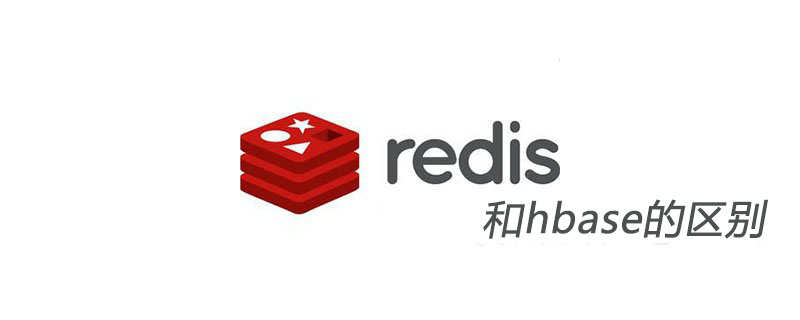HBase and Redis are similar in function. They are all nosql type databases. However, there are still obvious differences between the two in terms of applicable scenarios.

Let’s compare the two based on multiple dimensions such as read and write performance, data type, data volume, deployment difficulty, data reliability, application scenarios, and the combination of the two. By.
Read and write performance:
HBase writes quickly and reads slowly. The read time of HBase is usually a few milliseconds, while the read time of Redis is usually tens of microseconds. . The performance difference is very big.
Data type: (Recommended learning: Redis video tutorial)
Both HBase and Redis support the KV type. But Redis supports richer types such as List and Set.
Data volume:
The amount of data supported by Redis is usually limited by memory, but HBase does not have this limitation and can store data that far exceeds the memory size.
Deployment difficulty:
HBase deployment needs to rely on hadoop, zookeeper and other services, while Redis deployment is very simple.
Data reliability:
HBase uses WAL to record logs first and then write data. In theory, no data will be lost. Redis uses asynchronous replication of data, and data may be lost during failover.
Application scenarios:
HBase is suitable for persistent storage of big data, while Redis is more suitable for caching. If data loss is intolerable, then you can only use HBase; if you need a high-performance environment and can tolerate a certain amount of data loss, you can consider using Redis.
The combination of the two:
HBase can be used for data solidification, that is, data storage, and it is very suitable for this. Redis is suitable for cache. You can use HBase Redis to implement a data warehouse and a cache database, taking into account both speed and scalability
For more Redis-related technical articles, please visit the Redis database usage tutorial column to learn!
The above is the detailed content of The difference between redis and hbase. For more information, please follow other related articles on the PHP Chinese website!